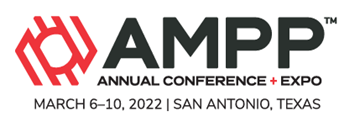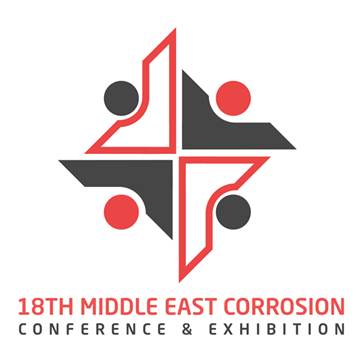Search
Individual Conference Papers
View as
Sort by
Display
per page
Salt Contamination Testing Method and Accuracy Improvement
Product Number:
51220-242-SG
Publication Date:
2020
$20.00
Salt Deposition On F-5 Aircraft In Various Service Environments
Product Number:
51322-17799-SG
Publication Date:
2022
$20.00
Saltwater Corrosion of Ni-Al-Bronze Using Potentiodynamic Analysis
Product Number:
51319-13333-SG
Publication Date:
2019
$20.00
Sanicro 35, a New Super Austenitic Stainless Steel for Demanding Wet Corrosive Applications
Product Number:
MPWT19-14327
Publication Date:
2019
$0.00
Saudi Aramco Corrosion Management Solution (CMS) – A Proactive Transformation in Corrosion Management
Product Number:
MECC23-20308-SG
Publication Date:
2023
$20.00
Scale Cause Analysis and Control Practice for Water Injection Wells
Product Number:
51321-16773-SG
Publication Date:
2021
$20.00
Scale Formation And Wetting Of Surfaces: A Microfluidics Investigation
Product Number:
51321-16605-SG
Publication Date:
2021
$20.00
Scaling problems in HS Orka’s Geothermal Power plants an overview
Product Number:
51319-13475-SG
Publication Date:
2019
$20.00
Scaling Risk Assessment and Remediation in Geothermal Operations Using a Novel Theoretical Approach
Product Number:
51324-20701-SG
Publication Date:
2024
$40.00
SCC Behavior Of Alloy 52M Weld Butter On SA-508 LAS From The Double-Repair Dissimilar Metal Weld In A PWR Environment
Product Number:
ED22-17283-SG
Publication Date:
2022
$20.00
SCC Growth Behavior Of Stainless Steels And Nickel-Base Alloys During Chemical Transients In BWR NWC Environments
Product Number:
51321-17008-SG
Publication Date:
2021
$20.00
SCC Growth In BWR-NWC Of A Low-Alloy Steel With Intermediate S-Content Tested At K Between 50 And 70 Mpa√M
Product Number:
ED22-17305-SG
Publication Date:
2022
$20.00












